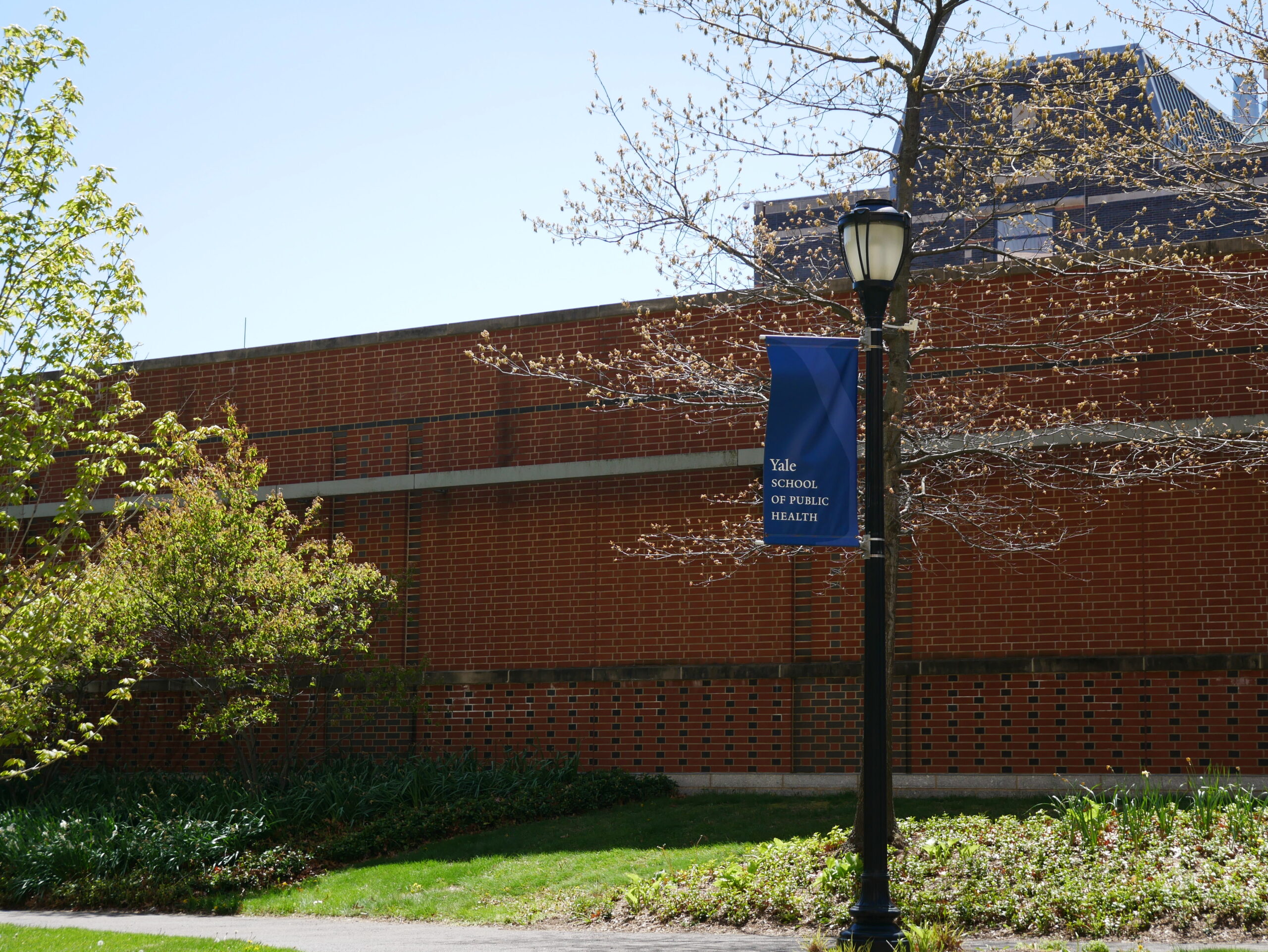Yale researchers rethink public health data
Yale faculty and students are developing tools to help states respond faster to emerging health threats.

YuLin Zhen, Photography Editor
As national public health data systems face delays and uncertainty, Yale faculty and students are building their own.
Epidemiology professor Dan Weinberger and senior clinical fellow Anne Zink are leading PopHIVE, a Yale-based platform that consolidates local health data from clinical records, environmental surveillance and search trends. Meanwhile, a class at the School of Public Health recently launched a rapid-reporting initiative to support measles response efforts in the Southwest.
Together, these projects reflect a broader shift toward building state-level preparedness from scratch — using tools developed at Yale.
“Our goal is to democratize data,” Zink said. “Not to tell a specific narrative, but to give communities the tools they need to make decisions.”
PopHIVE — short for Population Health Information Visual Explorer — is an initiative based at the School of Public Health that aims to deliver more timely, local public health data. Led by Weinberger, the project pulls in anonymized data from electronic health records, wastewater surveillance, internet searches and the Centers for Disease Control and Prevention to visualize real-time health trends across states.
“This provides timely information that can be used by state-level public health officials and healthcare providers, as well as the general public,” Weinberger wrote to the News.
Zink, a senior clinical fellow at Yale who previously served as Alaska’s chief medical officer, said her frontline experience during the COVID-19 pandemic revealed how siloed the country’s public health systems had become. Even basic data from electronic medical records, or EMRs, were inaccessible to state public health officials, she noted.
“Healthcare has tremendous amounts of data, but public health can oftentimes not see that data,” Zink said. “For example, Epic, the largest EMR in our country — one that Yale uses — the epidemiologist within the state government can’t see the information that’s in there, even in a de-identified way. And so it becomes really limiting for the way that public health can do their work.”
She said the disconnect stems partly from how the federal government initially funded electronic medical records — without building in access for public health.
Weinberger hopes that by having multiple sources, PopHIVE will be able to disseminate information in a more timely manner than the CDC. It was challenging to standardize such large amounts of data, Weinberger said, but his team and Yale and collaborators elsewhere are working to create a comprehensive database.
“The students in my public health surveillance course contributed by exploring different state-level datasets that are available in the public domain,” Weinberger wrote. “This allowed us to efficiently sift through a number of different possible sources that we could pull from.”
While the state of Connecticut has improved its ability to get real-time data in emergency departments, there is more work to be done, especially with obtaining up-to-date laboratory testing data, according to the state’s Department of Public Health.
“PopHIVE’s strength is its nimbleness to be able to respond to public health challenges,” Zink said. “If a bunch of different types of data surveillance go down, there’s other data surveillance that’s out there and that can be shared.”
Students at the School of Public Health are also taking the lead in building public health tools. In EHS 581: Public Health Emergencies, a course piloted in 2012 following the Haiti earthquake and taught by lecturer Joanne McGovern, students recently produced a series of operational briefs in response to the Southwest measles outbreak.
According to McGovern, each year, students in the class examine a range of disasters, both natural and manmade, through the lens of the federal National Response Framework’s Emergency Support Function #8 — Public Health and Medical Services.
Once finalized, the materials are reviewed by faculty and distributed to public health officials, emergency managers and clinicians in the field.
“During a crisis, responders rarely have time to sift through large volumes of fragmented information,” McGovern wrote. “That’s where our students come in. They compile and synthesize critical data into slide decks designed for use in emergency operations centers.”
The measles outbreak was selected as a focus this semester due to its urgency and limited national reporting. The CDC updates case data weekly — too slowly, McGovern said, for many local officials to act in real time.
“Quite simply, measles was the crisis unfolding before us,” McGovern wrote.
The School of Public Health was founded in 1915.







